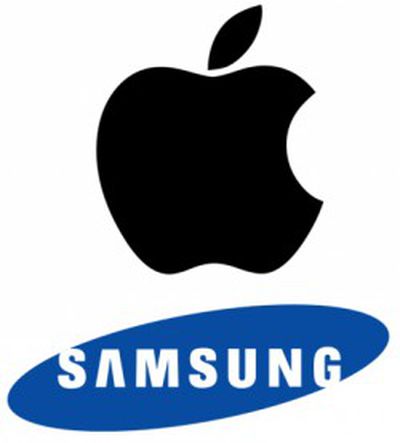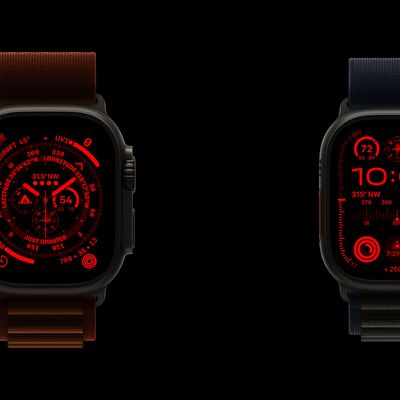 Nearly six years after the legal battle over smartphone design similarities began between Apple and Samsung, the two companies are now about to take the case to the United States Supreme Court on Tuesday, October 11.
Nearly six years after the legal battle over smartphone design similarities began between Apple and Samsung, the two companies are now about to take the case to the United States Supreme Court on Tuesday, October 11.
At stake is the outcome of how much of a combined $548 million patent infringement ruling Samsung will be required to pay to Apple (via Bloomberg).
That amount is taken from Samsung's total profit of the 11 disputed smartphones targeted by Apple in the trial, an amount which Samsung refers to as a "disproportionate" sum for the patent infringement accusations leveled at it by Apple.
The Cupertino company has remained adamant in regards to Samsung's "blatant copying" of various iPhone design features, still fighting to win the full $399 million reward (the case involves approximately another $150 million focused on Samsung's alleged infringement of Apple's pinch-to-zoom patent).
Specifically, Apple's design patents cover "the rounded corners of its phones, the rim that surrounds the front face and the grid of icons that users view." Last December, a federal court in San Jose ruled in Apple's favor, and Samsung appealed days later in attempts to avoid the $548 million reward payment to Apple. In Samsung's appeal, the company gave the court a metaphor centering around owing a car's entire profits to a rival company for infringing upon their cup holder design.
In urging the Supreme Court to take up the appeal, Samsung said the ruling was akin to awarding the entire profits on a car because of an infringing cup-holder. Apple rejects that analogy, saying that its patented features are more like the design of the entire car.
The issue now appears to be focused on the difference between the court determining if Apple's accusations cover individual components of patent infringement, or the entire product. In court records, Apple is said to "accept" that in some cases the patent owner can collect profits only "attributable to a particular component," not the earnings of the entire Samsung smartphone.
All the same, Apple said that Samsung "failed to show that the patented designs applied only to part of its phones" during the previous half-decade of court proceedings, so the latter company's defense of paying less for individual parts of the smartphone shouldn't be allowed to stand. According to lawyer Kannon Shanmugam, the case "has essentially now devolved into a dispute over what party showed what at trial and who bears the burden of proof."
In total the patent dispute amounts to nearly $550 million aimed at Samsung. The company has already paid the amount, but a clause stipulates the potential ruling in its favor requires Apple to pay back the money. Just last week, in a completely separate Samsung-vs-Apple lawsuit, The U.S. Court of Appeals for the Federal Circuit granted Apple a $120 million win over Samsung concerning the company's slide-to-unlock patent.
According to Chicago patent lawyer Paul Berghoff, a clarifying decision on the specific amount owed by Samsung to Apple could be the ultimate "catalyst for a final settlement" in the long-running case.
“Sometimes once litigants have been battling for so long, what happens is they develop levels of enmity and distrust on both sides that make it very difficult to settle the cases,” he said. “Face-saving is a very real issue for all companies. It’s hard to get out of it once you’re in it.”
Interestingly, the case also marks the Supreme Court's first examination of a design patent dispute in 120 years, "which cover the ornamental look of an object rather than any functional aspect." Previously, the Supreme Court oversaw design patents in disputes focused on spoon handles in the 1870s and carpets in the 1890s.
























